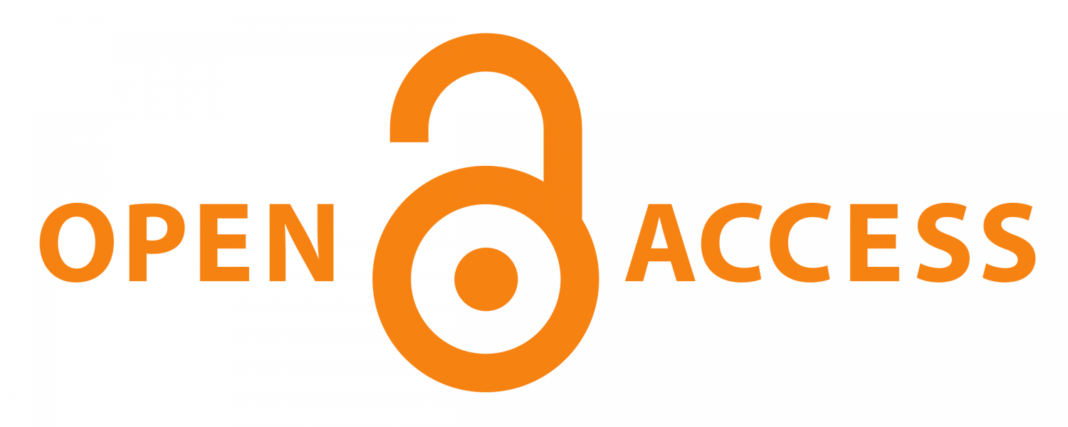The Benefits of Open-Access Publishing for Science and Medical Researchers
Open Access publishing makes research available to a broader audience. This can benefit researchers (by increasing their readership), the public, and government funding agencies, which often require open-access publishing as part of their grant policies.
The public directly funds a significant portion of medical research, and they have a right to the results of this work. This article will explore the main determinants and perspectives of open access for scientific publications.
1. Cost
In the traditional publishing model, scientists must pay to publish in a journal. This can be prohibitive for researchers with limited funding, especially at research-intensive institutions. For example, Harvard University spends more on subscription journals than its faculty members’ salaries. Many academic research institutions like Bentham Science have decided to redirect the funds from journal subscriptions toward open-access publication fees, but it takes work.
Ultimately, the cost of open-access publishing must be weighed against its benefits. Medical researchers may want to publish in prestigious journals to gain recognition or to increase their CVs, but these publications often cost more than OA ones.
The large for-profit publishers that control most of the market have a financial interest in limiting the adoption of open access. However, the public is intensely interested in ensuring that medical research is freely available to patients and other stakeholders.
2. Impact
Research published in open-access journals tends to have a quicker impact. This can encourage further similar research and spur interdisciplinary and multidisciplinary collaborations. Additionally, open-access articles are more readily available online and can be cited more easily.
Moreover, Bentham Open access publications can help medical researchers reach a wider audience by making their research more accessible. This is especially important for medical professionals working in low-income communities. In the past, these professionals often had to rely on print versions of medical journals to find relevant patient information.
However, open-access publishing has its limitations. If paywalls are removed without simultaneously addressing gaps in scientific literacy, it can be difficult for laypersons to understand and use medical research findings. In addition, researchers must be willing to publish in open-access journals for this model to be successful. Reducing publication fees is a valuable economic incentive for researchers to consider this publication model.

3. Reliability
Open-access publishing allows scientific research to be seen by more people. This can help authors to get more citations, and it can also make their work more visible to potential collaborators. It can also allow researchers to build on the latest developments in their fields.
But the open-access movement is not limited to journal articles, as all types of digital content can be made available online. This includes raw and processed data, software, and audio-visual material.
As a result, OA publishing can be a valuable tool for disseminating research in any area, regardless of where the work was conducted or who funded it. However, it is essential to avoid being taken advantage of by predatory publishers. These companies engage in unethical business practices and often falsely claim high-impact factors, a diverse editorial board, and inclusion in quality indexes.
They may also charge authors APCs and ask their institutions to pay subscriptions. This conflicts with interests and undermines societal values of accountability, transparency, and scientific knowledge as a public good.
4. Diversity
Open access is a publishing model that allows scholars to publish their research literature freely online without restrictions. Unlike the traditional print publication system, where publishers often pay researchers little to nothing for their work and charge subscribers high subscription fees, open-access publications are freely available for readers worldwide. This model is transforming the academic world and may soon be the norm.
OA provides a variety of benefits to readers, authors, and institutions. It increases the visibility and dissemination of research results, accelerates discovery, and fuels innovation. It also reduces barriers to research and collaboration. In addition, it enables researchers to comply with significant funding policies internationally.
The public is interested in ensuring that medical research findings are widely disseminated. This is reflected in their roles as funders, advocates, research participants, and patients. However, the current publishing system has been hampered by journal paywalls that limit the public’s access to research.
Open Access publishing makes research available to a broader audience. This can benefit researchers (by increasing their readership), the public, and government funding agencies, which often require open-access publishing as part of their grant policies.
The public directly funds a significant portion of medical research, and they have a right to the results of this work. This article will explore the main determinants and perspectives of open access for scientific publications.
